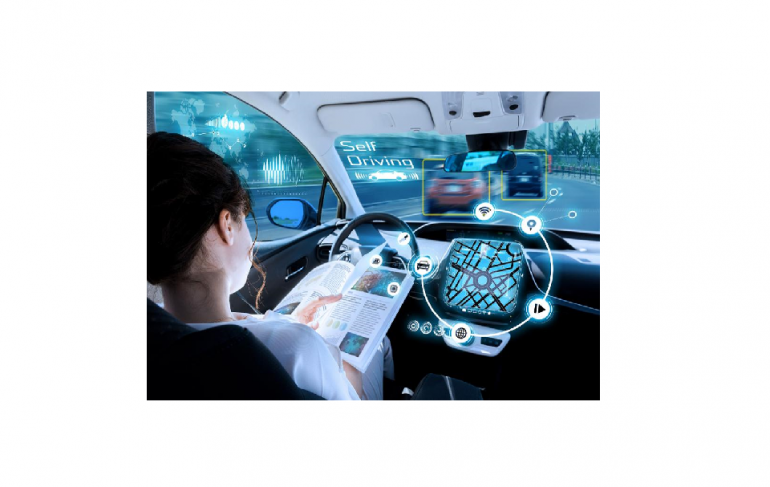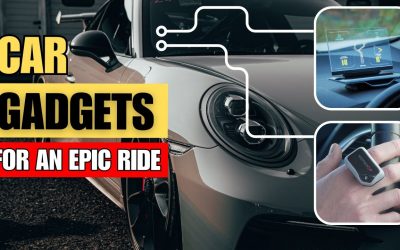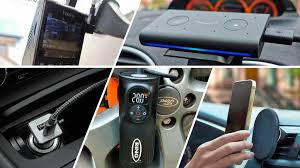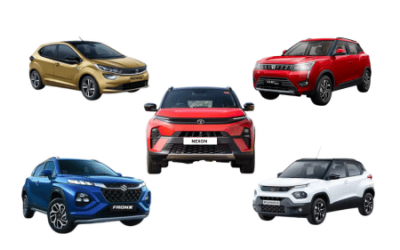When we look back on how cars have evolved over the years, we notice a specific pattern in the journey. Today’s cars are sleeker, smarter and more ergonomic than their predecessors, across the board. In recent times, cars with a higher level of functionality through “smart” features have seen a rise to prominence. Car makers across the world are leaving no stone un-turned in terms of feature exploration. On the other end of the spectrum, car buyers are having a field day, making the most of all the features.
Smarter Cars
There’s no denying that in the “smart” department, cars have grown in leaps and bounds. Of course, the initial phases were full of baby steps. Everyone remembers the era when parking sensors were all the rage. Today, we have cars like MG’s Hector, which is fully WiFi-capable. Cruise control has evolved to become self-parking, and entertainment systems have almost come to rival home theater systems.
The onus behind making cars smarter seems to be on three aspects:
- Accessibility
- Functionality
- Value addition
All these features are just the shallow end of the pool, however. What lies in the deep end? What does the future hold for the automobile sector? The promise of self-driving cars looms large on the horizon. They’re coming, and they’re going to shake up the automobile sector like never before.
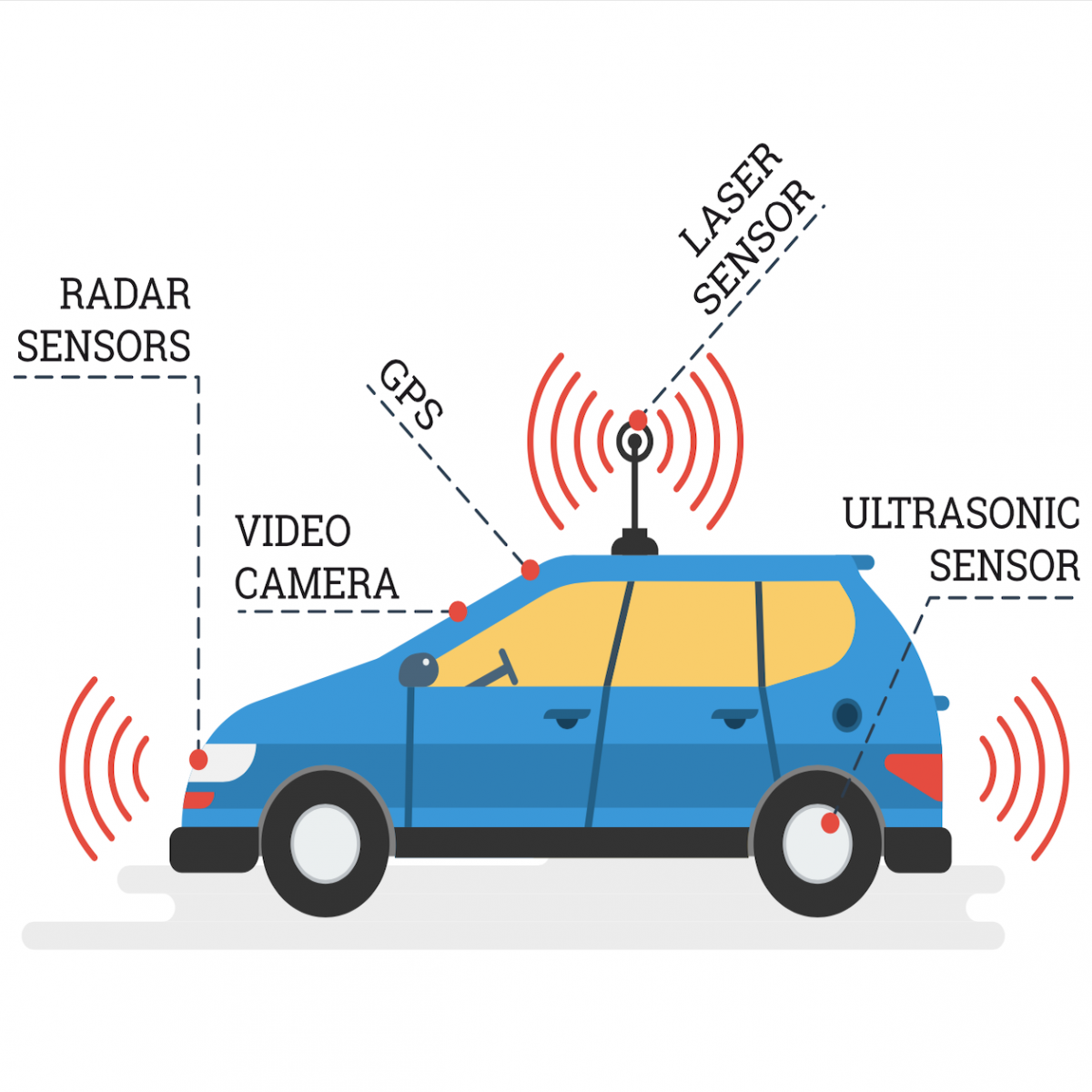
Car Also, Chauffeur Also
What a self-driving car does is very self-evident. Through the power of Artificial Intelligence, the plan is to empower cars to drive themselves, based on environmental inputs. The implications of this kind of technology holds immense potential. For starters, you could maximize passenger capacity, because the car itself doesn’t need a driver! There’s so much untapped potential in this avenue that pretty soon, every car maker will want in on the action. But before we get into specifics, we have to understand the working principle behind self-driving cars.
Steering The Right Way
As mentioned before, the crux of self-driving cars revolves around AI. Most notably, Google has been experimenting with this technology, rolling out different prototypes. Elon Musk’s Tesla has also been tinkering on that front. What have they been doing?
– A self-driving car is a machine in the truest sense. It comes with hardware, software and algorithms.
– While the hardware garners the inputs required for driving, the software processes it and makes “driving decisions”. The algorithms enable machine learning, and are what make the whole thing so path breaking.
– As a machine, the car is constantly learning how to react dynamically to different situations, becoming increasingly smarter with every drive.
– There is a scale that determines the autonomous capabilities of a car from an objective standpoint. On this scale, 0 means fully manual and 5 means fully automated.
– As of today, most car prototypes in the self-driving arena are somewhere in the middle ground of this scale. Most prototypes can perform some degree of automated driving actions, but will require a human driver’s intervention at some points. On a positive note, this trend seems to be progressing promisingly.
Parallel to this growth, the debate regarding the efficiency and safety of self-driving cars when they hit the road has been running deep. Which side is right? Let’s do some reflection ourselves.
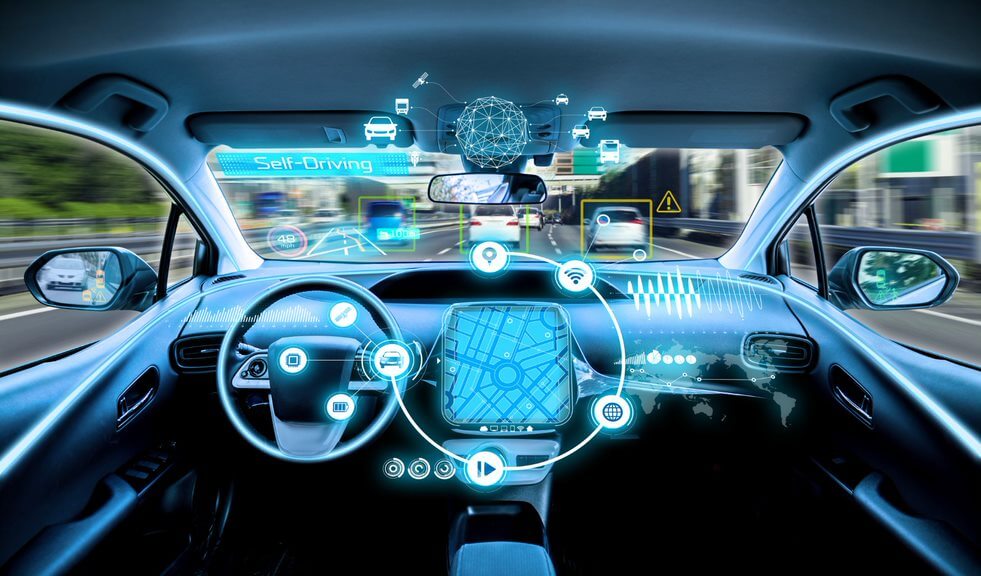
The Pros
– Lower Human Error. Humans aren’t perfect drivers, no matter how good we may think we are. You just can’t beat a machine’s accuracy and prediction in calculated tasks like driving.
– Route Optimization. Since the car would work on a machine learning basis, it already knows the optimum route to every place, in real-time.
– Cheaper commutes. Getting a cab to go to work will be significantly cheaper. Once self-driving cars become mainstream, you only have to pay for the car!
– It can curb down on rash driving. Most accidents happen because of someone driving irregularly. With self-driving cars, that could be a thing of the past.
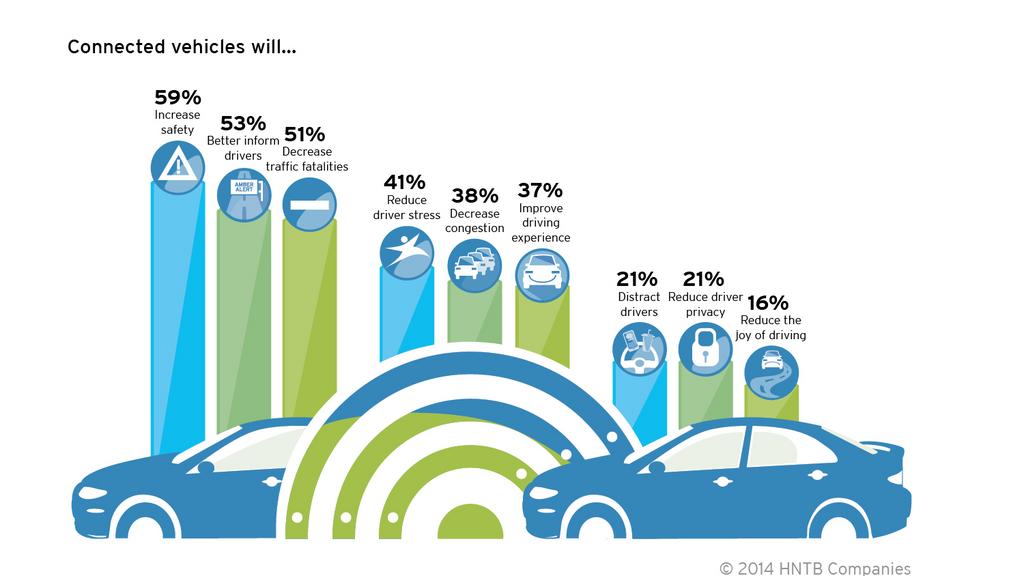
The Cons
– Car Price Inflation. In a country like India, even a regular hatchback is a pipe dream for most middle-class families. If self-driving cars become the norm, being able to afford one may be a tall ask for most.
– Re-Learning Cars. We’ve all been driving cars a particular way. How do we educate millions upon millions of people en masse to adjust to this new type of driving?
– Driver Recession. Undoubtedly, the people who would be hit the hardest by self-driving cars entering the mainstream market are the chauffeurs and taxi drivers. Millions of people worldwide will be laid off in favour of more efficient self-driving solutions.
– Presence Of Mind. No matter how smart an algorithm can get, it can never truly substitute for the intuition and presence of mind of a human being at the wheel. This quick thinking could potentially avert accidents.
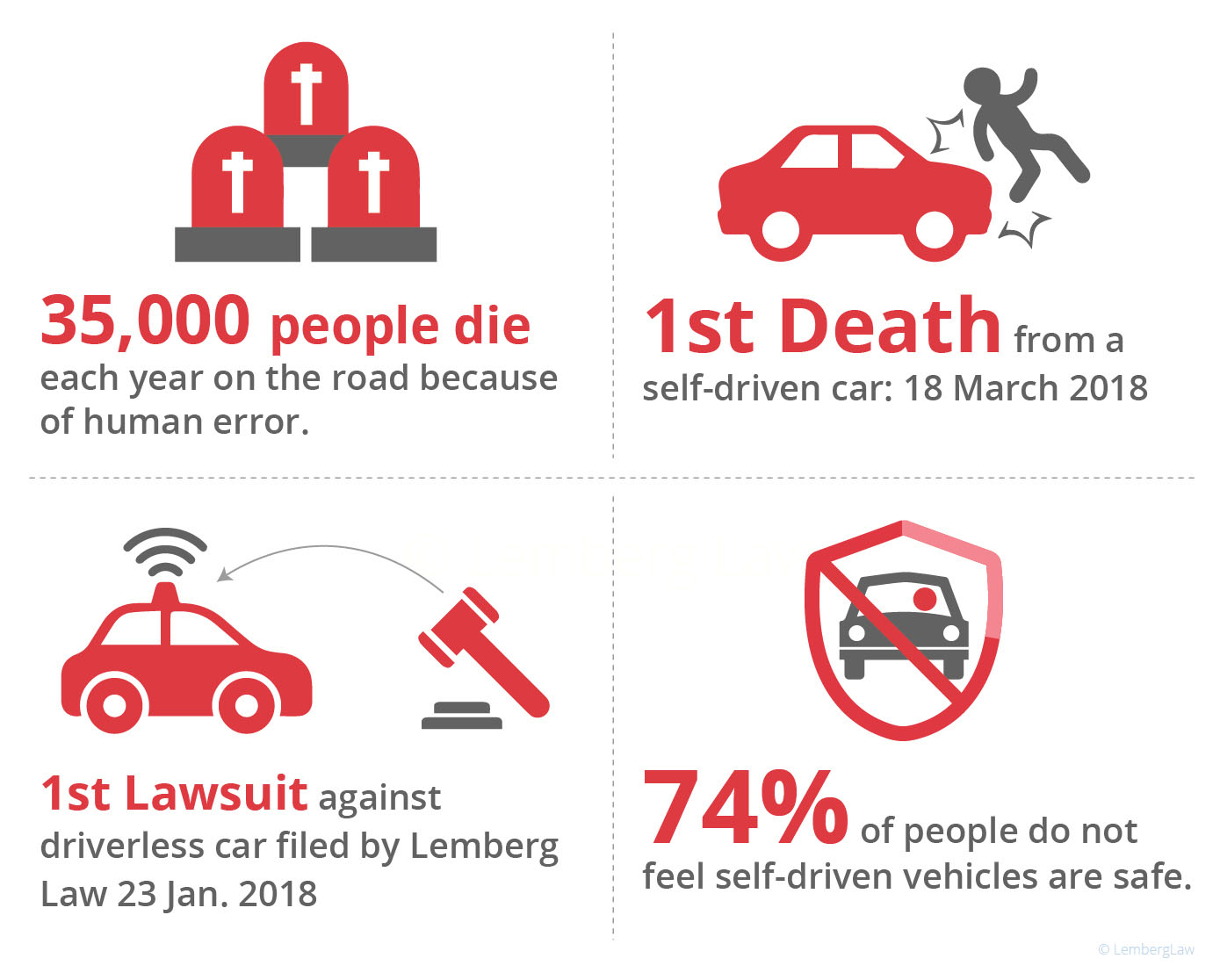
Conclusion
One way or another, self-driving cars are coming soon to the mainstream automobile scene. Like every other development, they have their highs and their lows. It’s up to us to make the most of this development and be responsible on the roads, even with self-driving cars by our side!
0
